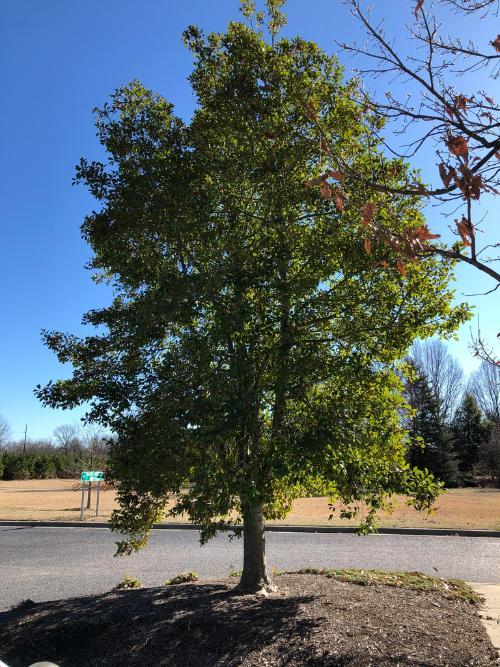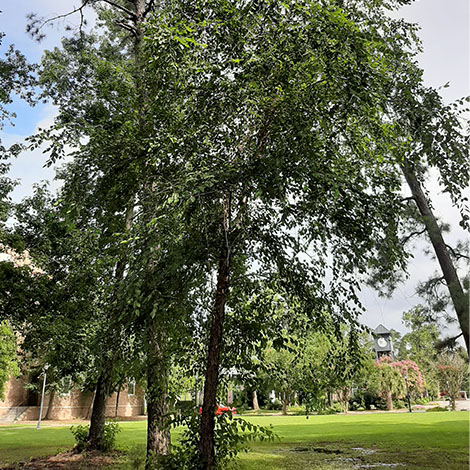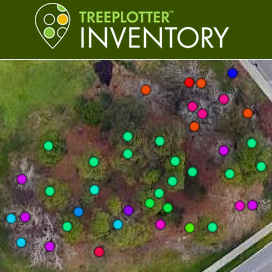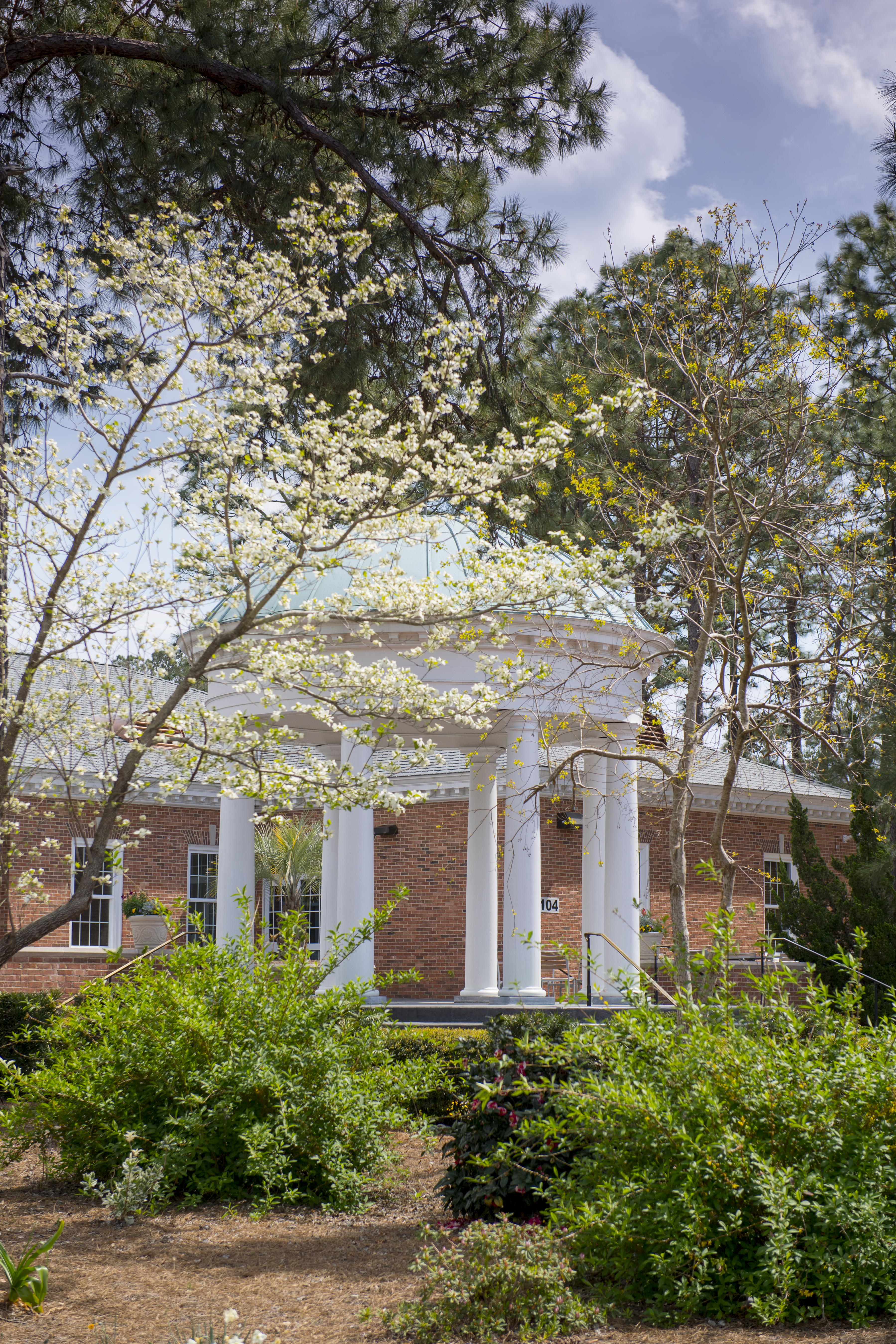CCU Arboretum
Savannah Holly
Common Name : Savannah Holly
: Savannah Holly
Scientific Name: Ilex attenuata var. ‘Savannah’
Species Range: Savannah Holly is native to North America and was first found growing in Florida in 1924. Its range spans across Massachusetts and southern Pennsylvania, Ohio, and Indiana down to Florida, west to California, and north to Washington. This holly tree likes full sun with fertile and moist soil conditions, away from areas suffering from harsh winter conditions. It is a naturally occurring hybrid, crossing between I. cassine (dahoon) and I. opaca (American Holly). It can grow in USDA Plant Hardiness Zones 6-9.
Growth Characteristics: This holly tree flourishes in 6 or more hours of direct sunlight but can survive in partial shade, which is approximately 2-6 hours of direct sunlight. It is important to note that berry production is best in full sun. It favors slightly acidic, clay, and sandy soil with plenty of organic matter and good drainage. Savannah Holly is a broadleaf evergreen with a moderate to rapid growth rate. Its annual growth rates vary strongly, ranging between 12’- 45’ in height with a width between 6’-15’. Its non-invasive roots grow in large numbers with a small diameter. This tree naturally grows with a central trunk and slim, horizontal branches. In nurseries, however, they are commonly grown with several upright trunks leading into the crown and they are often sheared to encourage growth. Its lightly spined leaves are alternate, simple, comb-like, and spiny with a terminate spine margin. They have an elliptic, oblong shape and are pale green to green. Its unobtrusive flowers vary from pale green to white and bloom in the spring. These holly trees must be planted near each other because male and female flowers appear on separate trees. It produces abundant amounts of round, fleshy, red berries that are less than ½” in length; they can either grow individually or in clusters of 2-3.
Ecosystem Service Value: Its fruit and flowers attract birds, bees, and other pollinators. Savannah Holly also supports the specialized bee Colletes banksi. This holly tree has no notable litter problem.
Uses, Other Details: Savannah Holly is most used as a hedge or screen and is highly valued for their showy, vibrant red berries that persist through fall and winter. Its attractive foliage and little need for pruning has made it a staple landscape plant in the deep south. Preserved holly berries were prized by American Indians and they often bartered for them. Savannah Holly’s wood has uses varying from furniture, scroll work, canes, and when stained black has been used as a substitution for ebony.
Threats: While not commonly infected by pests or diseases, there are still several potential threats to the Savannah Holly. Insects range from holly leaf miner, spittlebugs, spider mites, whitefly, and various types of scale. The holly leaf miner larvae dig through the middle of the leaf, leaving behind yellow to brown trails. If infected with spider mites, there will be discoloration and specking on the leaves. Diseases range from leaf spot, leaf rot, tar spot, and powdery mildew. Different fungi can cause dieback and cankers on the stems. Spine spot may occur on leaves caused by the spines from one leaf piercing a neighboring one. Nutrient deficiencies, drought, and winter injuries can cause purple patches on leaves. Although uncommon, tar spot can cause slight yellowing on the leaves in early summer and will lead to darkened spots and a slim yellow border around the leaf. High pH soils can lead to iron deficiency, leaf drop, and scorch.
Identification Tips and Tricks: The Savannah Holly is most easily identified by its bright red berries that last through the winter. It’s pale green, spinose leaves are not as thick compared to other holly trees.
Species profile by Audrey Nelson
References:
Gilman, E. F., & Watson, D. G. (1993, November). Ilex x attenuata ‘Savannah’ Savannah Holly. Retrieved 2021, from http://hort.ufl.edu/trees/ILEATTC.pdf
Ilex × attenuata 'Savannah' - Plant Finder. (n.d.). Retrieved March 01, 2021, from http://www.missouribotanicalgarden.org/PlantFinder/PlantFinderDetails.aspx?kempercode=c527
Ilex X 'Savannah'. (n.d.). Retrieved March 01, 2021, from https://plants.ces.ncsu.edu/plants/ilexsavannah/#:~:text=Savannah%20Holly%20is%20a%20female,with%20the%20pale%20green%20leaves








